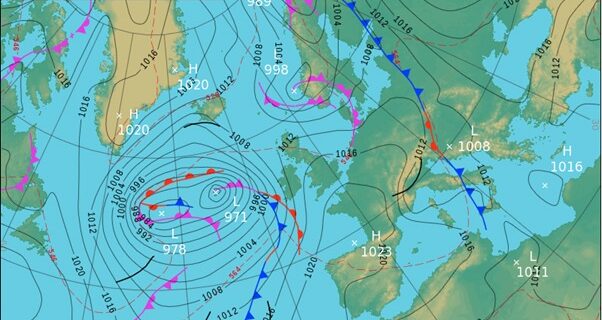1. Our spreaders are filled with grit
Untrue. Ice Watch uses specially designed salt produced for gritting. Grit itself can cause a lot of damage to the roads as it can leave a tacky residue which can freeze and create more hazards. This year, Ice Watch made its biggest order for White Marine Salt, 3000 tonnes
2. Salt is used to melt the ice
Incorrect. Salt is used to drastically lower the freezing temperature of the water on the grounds that is expected to freeze. This results in no ice forming at all. The higher the quality of the gritting salt the lower the freezing point.
3. Gritting salt will immediately melt ice
False. The de-icing is relying on passing vehicles or treading to spread and crush the salt into the icy ground.
4. Snow can be melted quickly with gritting salt
False. This will work best on snow that is less than 2 inches. However, vehicles and treading are still required to work the gritting salt. In cases of more snow, Ice Watch recommends the snow clearing service.
Fun Fact: Snow will not form under freezing temperature.
It is true that snow will not form in minus temperatures, however, the temperature of the air would have to drop to minus 40 degrees Celsius for this to be completely true. The lower the air temperature the less moisture for snow to form.
Our team is always on hand no matter what time of day, to take your enquiries and provide you with our winter services as soon as possible. Our priority is the safety of your site.
To enquire about how Ice Watch can help you this winter, get in touch with our specialist team here.






